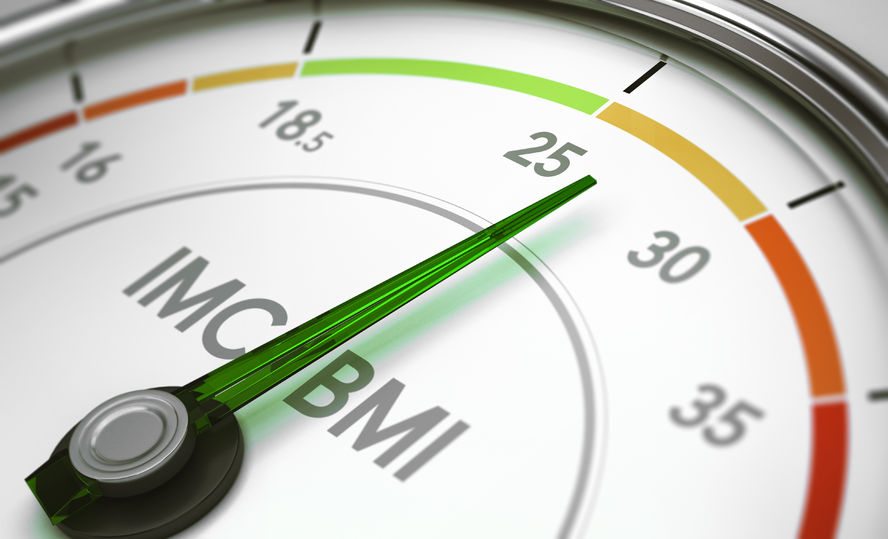Once the gold standard for measuring weight, body mass index — BMI — is no longer the best method for determining whether or not you are overweight.
Invented by a mathematician rather than a physician, the BMI formula relies on a very simple height to weight ratio. Although it is typically used in reference to obesity, the BMI cannot offer an accurate measurement of the actual amount of fat on the body’s frame. BMI fails to account for gender, bone density or muscle, which is both leaner and denser than fat. A person who looks fit and healthy may actually weigh as much or more as someone who visibly has more fat on their body.
Body Mass Index Formula
In addition to not accurately measuring fat, your body mass index does not reflect your overall health. A person who falls into the healthy range on the BMI scale may still suffer from weight-related health conditions such as high blood pressure and high cholesterol.
If body mass index can’t help you answer the question of whether or not you need to lose weight, what can?
Luckily, two alternatives to the BMI exist and can help you better compute what, for you, is a healthy weight: waist circumference and body composition.
Waist circumference
Individuals who carry excess abdominal fat face an increased risk of contracting chronic heart disease and/or health problems such as type 2 diabetes. Regardless of your height or build, your waist circumference should not exceed a certain figure: 40 inches for men and 35 inches for women.
To measure your waist circumference, follow these guidelines:
- Place the end of a tape measure at the top of your hip bone and, holding it level at your navel, measure your body all the way around.
- Don’t hold your breath while measuring
- Ensure that you are holding the tape measure straight and not too tight.
- Exhale and then note the number on the tape measure.
Body composition
Unlike body mass index, body composition measures the body’s proportion of fat and fat-free mass. The latter consisting of internal organs, bones, muscle, blood and water. Healthy body composition is based on low proportion of fat compared to their lean, fat-free body mass.
You may choose from among several different methods of measuring your body composition, but not each method is equally accurate. Some common methods of body composition testing include:
- Special scales that calculate lean and fat body mass.
- Body fat calipers and skinfold testing.
- The DEXA scan, or dual energy X-ray absorptiometry, analyzes levels of fat, bone and other fat-free mass in the body.
If you want to know if you’re at a healthy weight, start by measuring your waist circumference. Questions about your weight or whether or not you need to lose weight? You can consult with your primary care physician or a certified professional fitness trainer and ask about body composition testing. Also, keep up with your regular health exams and continue to track your blood pressure, cholesterol and blood glucose levels.
While the scale and even your BMI can paint a broad picture of your health, don’t neglect the finer details. You can still of develop heart disease and other health problems, even if you believe you are thin.






